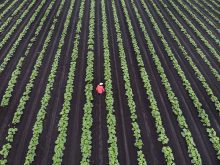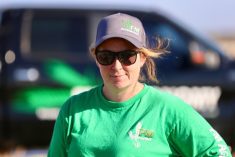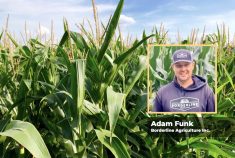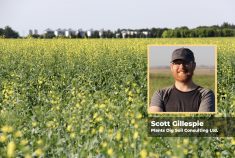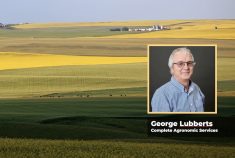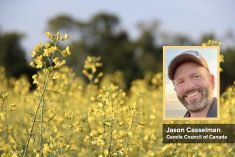What do agronomists wish farmers would ask for, or stop asking for, or understand better about their jobs? And how can farmers get the most out of their relationships with agronomists?
While ultimately the customer calls the shots, Country Guide asked a few Western Canadian consulting agronomists what they would like to see from their clients.
They said their wish lists include better communication, for clients not to be afraid to ask questions, not to hesitate to share data, and to communicate their goals and expectations.
Read Also

The big squeeze: How to be fair to siblings during farm succession
Managing sibling business relationships on family farms.
Below are insights from agronomists on how already good relationships and services might be made even better.
Brunel Sabourin
Antara Agronomy
Saint Jean Baptist, Man.
In southern Manitoba, Brunel Sabourin says that to develop a relationship with the farm client it is important to determine if there are issues that require a long-term solution or can be corrected with quick fixes.
Some clients are looking for limited agronomic services, perhaps involving only a few fields, or having some services provided every couple of years, which is fine.
However, Sabourin, owner of Antara Agronomy and lead agronomist, says to provide the most benefit to a producer he prefers to work with all cropped acres. That helps him to understand the whole farm operation better and be in a better position to monitor and measure improvements.
“When you are dealing with issues involving soil health and herbicide resistance in weeds, for example, they require more of a long-term solution,” says Sabourin, who has been a crop advisor for more than 25 years. “You can’t change things overnight and you need to monitor from season to season to see where you are making progress.”
Each spring the Red River Valley area of southern Manitoba receives runoff and floodwaters from the northern U.S. Those waters often carry weed seeds from U.S. cropland that already have herbicide-resistance issues. There may be herbicide options available in Canada, but he says dealing with herbicide resistance usually requires a combination of cultural practices and chemical treatments.
Good communication between the farmer and agronomist is essential, says Sabourin. He urges farmers to ask questions. “We will do field scouting and testing and do our best to report back to the client as soon as possible, but if they haven’t heard from us they should call. It is important for the agronomist and farmer to know each other’s expectations. Clients are welcome to call as often as they need.”
He says monitoring crops for weeds, diseases and insects requires repeat visits to the fields over the full growing season. “A producer might say they don’t need a report every week, but it is only by monitoring crops that we can properly assess the risk and recommend whether treatment is required,” says Sabourin. “You can’t make that determination with just one field visit.”



